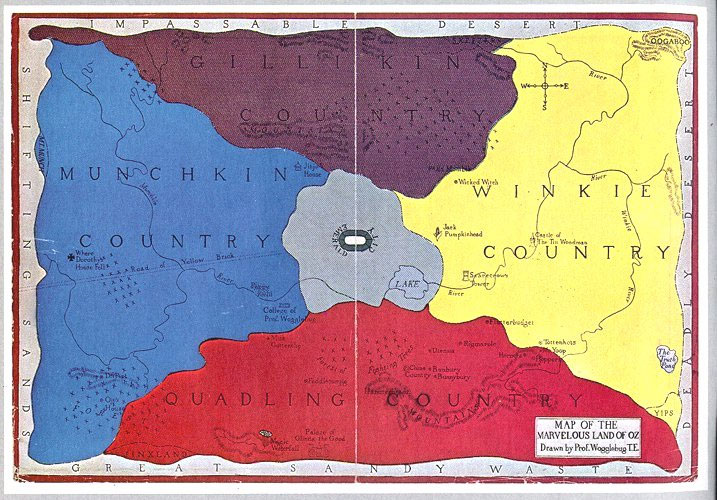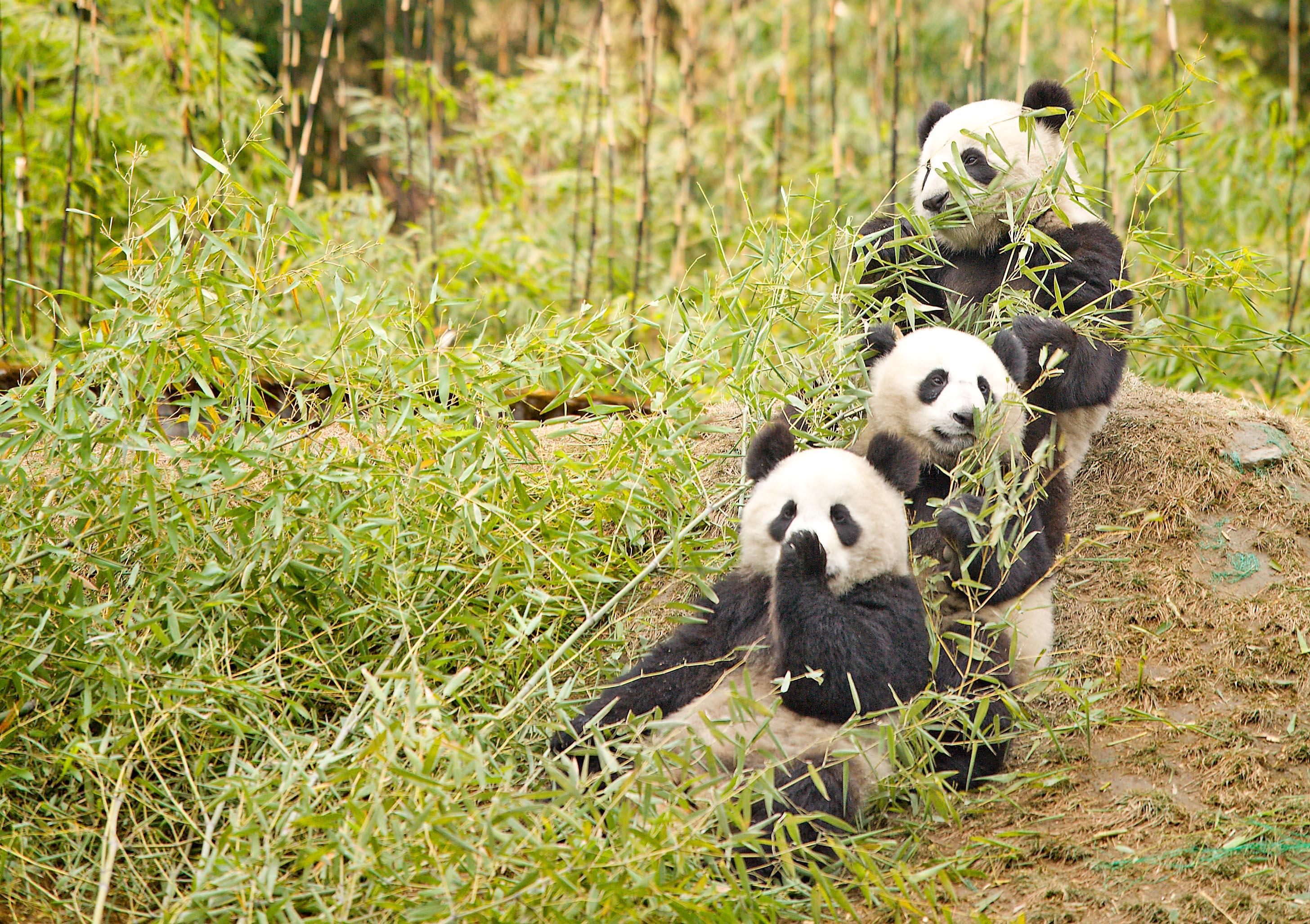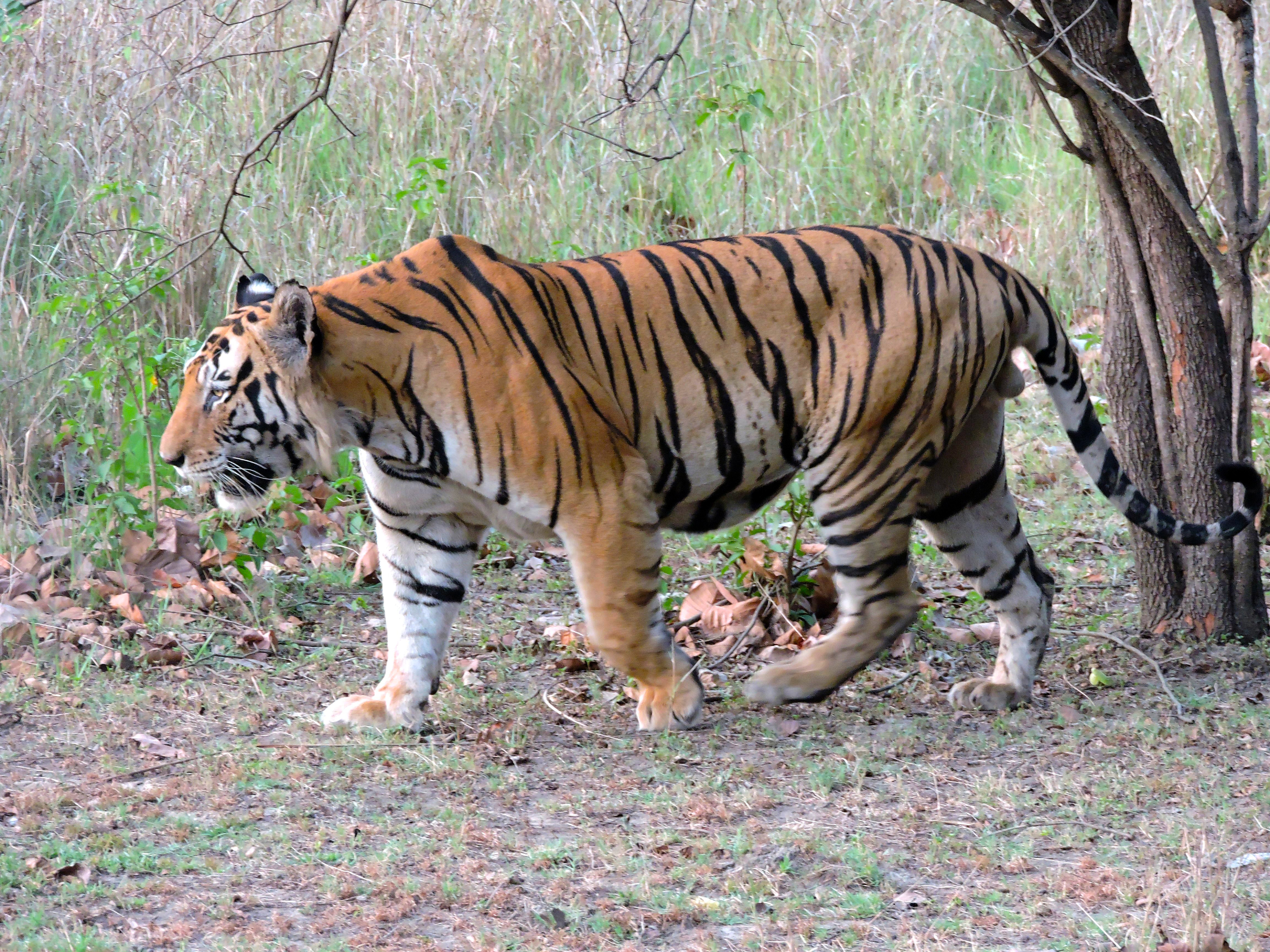|
National Geographic Animal Jam
''Animal Jam Classic'', formerly known as ''Animal Jam'', is a massively multiplayer online game developed by WildWorks and recommended for kids up to the age of 12. It was launched in 2010, in collaboration with the National Geographic Society. As of late 2020, there were 3.3 million monthly active users and a lifetime total of 130 million registered players in 200 countries across both ''Animal Jam Classic'' and the mobile app spin-off ''Animal Jam.'' In ''Animal Jam Classic'', players can discover various facts about zoology using the game's numerous features, including mini-games, puzzles, adventures, parties, and social interactions. Due to its rapid growth, ''Animal Jam Classic'' has spawned different types of merchandise, including figurine toys, books, board games, and a subscription box. Although ''Animal Jam Classic'' is primarily played on PC, the ''Animal Jam Classic'' universe has been expanded to incorporate most mobile devices such as smartphones, tablets, and ... [...More Info...] [...Related Items...] OR: [Wikipedia] [Google] [Baidu] |
WildWorks
WildWorks, Inc. (formerly Smart Bomb Interactive) is an American game development studio based in Salt Lake City, Utah. The studio was assembled from game industry veterans, co-founded by Kris Johnson, Clark Stacey, and Jeff Amis (Johnson and Stacey were previously a part of the studio Beyond Games). The studio has developed titles for all ages across many platforms, including home consoles, PCs and handheld devices. As of August 30, 2022, Indian based diversified gaming and sports media platform Nazara Technologies acquired WildWorks for US$10.4 million. Games Animal Jam In December 2014, WildWorks released a 3D mobile app in the Animal Jam universe, made with unity, upgraded graphics and items, and new story called Animal Jam' (formerly "Animal Jam: Play Wild''"'' before April 2020). In 2016, it was announced that ''Animal Jam'' received over one million downloads despite having no paid user acquisition. ''Animal Jam'' has been the number one downloaded iPad game for k ... [...More Info...] [...Related Items...] OR: [Wikipedia] [Google] [Baidu] |
Fictional Universe
A fictional universe, also known as an imagined universe or a constructed universe, is the internally consistent fictional setting used in a narrative or a work of art. This concept is most commonly associated with works of fantasy and science fiction, and can be found in various forms such as novels, comics, films, television shows, video games, and other creative works. In science fiction, a fictional universe may be a remote alien planet or galaxy with little apparent relationship to the real world (as in '' Star Wars''). In fantasy, it may be a greatly fictionalized or invented version of Earth's distant past or future (as in ''The Lord of the Rings''). Fictional continuity In a 1970 article in '' CAPA-alpha'', comics historian Don Markstein defined the fictional ''universe'' as meant to clarify the concept of fictional continuities. According to the criteria he imagined: [...More Info...] [...Related Items...] OR: [Wikipedia] [Google] [Baidu] |
Brady Barr
Brady Robert Barr (born January 4, 1963) is a herpetologist and host of Nat Geo Wild's '' Dangerous Encounters with Brady Barr''. He began working with National Geographic in 1997. Barr has also been the host for two other series, ''Reptile Wild'' and ''Croc Chronicles''. Early life and education Barr was born in Bloomington, Indiana, on January 4, 1963. He graduated from Indiana University School of Education with a B.S. in Science Education and later became a high school teacher. He earned a Ph.D from the University of Miami. Career Barr became the first known herpetologist to have captured all 23 extant species of crocodilians in his career. Barr is the author of a children's book about citizen science and American crocodiles,. In 2012, Barr testified at a Subcommittee Hearing on HR511, which prohibited the importation of various species of constrictor snakes, after he approached the U.S. Association of Reptile Keepers (USARK) to offer his expertise. References Exter ... [...More Info...] [...Related Items...] OR: [Wikipedia] [Google] [Baidu] |
Herpetologist
Herpetology (from Ancient Greek ἑρπετόν ''herpetón'', meaning "reptile" or "creeping animal") is a branch of zoology concerned with the study of amphibians (including frogs, salamanders, and caecilians (Gymnophiona)) and reptiles (including snakes, lizards, turtles, crocodilians, and tuataras). Birds, which are cladistically included within Reptilia, are traditionally excluded here; the separate scientific study of birds is the subject of ornithology. The precise definition of herpetology is the study of ectothermic (cold-blooded) tetrapods. This definition of "herps" (otherwise called "herptiles" or "herpetofauna") excludes fish; however, it is not uncommon for herpetological and ichthyological scientific societies to collaborate. For instance, groups such as the American Society of Ichthyologists and Herpetologists have co-published journals and hosted conferences to foster the exchange of ideas between the fields. Herpetological societies are formed to pr ... [...More Info...] [...Related Items...] OR: [Wikipedia] [Google] [Baidu] |
Whitelist
A whitelist or allowlist is a list or register of entities that are being provided a particular privilege, service, mobility, access or recognition. Entities on the list will be accepted, approved and/or recognized. Whitelisting is the reverse of blacklisting, the practice of identifying entities that are denied, unrecognized, or ostracized. Email whitelists Spam filters often include the ability to "whitelist" certain sender IP addresses, email addresses or domain names to protect their email from being rejected or sent to a junk mail folder. These can be manually maintained by the user or system administrator - but can also refer to externally maintained whitelist services. Non-commercial whitelists Non-commercial whitelists are operated by various non-profit organizations, ISPs, and others interested in blocking spam. Rather than paying fees, the sender must pass a series of tests; for example, their email server must not be an open relay and have a static IP address. The o ... [...More Info...] [...Related Items...] OR: [Wikipedia] [Google] [Baidu] |
Roleplaying Game
A role-playing game (sometimes spelled roleplaying game, or abbreviated as RPG) is a game in which players assume the roles of characters in a fictional setting. Players take responsibility for acting out these roles within a narrative, either through literal acting or through a process of structured decision-making regarding character development. Actions taken within many games succeed or fail according to a formal system of rules and guidelines. There are several forms of role-playing games. The original form, sometimes called the tabletop role-playing game (TRPG or TTRPG), is conducted through discussion, whereas in live action role-playing (LARP), players physically perform their characters' actions.(Tychsen et al. 2006:255) "LARPs can be viewed as forming a distinct category of RPG because of two unique features: (a) The players physically embody their characters, and (b) the game takes place in a physical frame. Embodiment means that the physical actions of the playe ... [...More Info...] [...Related Items...] OR: [Wikipedia] [Google] [Baidu] |
Virtual Economy
A virtual economy (or sometimes synthetic economy) is an emergence, emergent economy existing in a virtual world, usually exchanging virtual goods in the context of an online game, particularly in massively multiplayer online games (MMOs). People enter these virtual economies for recreation and entertainment rather than necessity, which means that virtual economies lack the aspects of a real economy that are not considered to be "fun" (for instance, avatars in a virtual economy often do not need to buy food in order to survive, and usually do not have any biological needs at all). However, some people do interact with virtual economies for "real" economic benefit. Despite primarily dealing with in-game currencies, this term also encompasses the selling of virtual currency for real money, in what is sometimes called "open centralised marketplaces". Overview Virtual economies are observed in Multi-user dungeon, MUDs and massively multiplayer online role-playing games (MMORPGs). ... [...More Info...] [...Related Items...] OR: [Wikipedia] [Google] [Baidu] |
Koala
The koala (''Phascolarctos cinereus''), sometimes inaccurately called the koala bear, is an arboreal herbivorous marsupial native to Australia. It is the only Extant taxon, extant representative of the Family (biology), family ''Phascolarctidae''. Its closest living relatives are the wombats. The koala is found in coastal areas of the island's eastern and southern regions, inhabiting Queensland, New South Wales, Victoria (state), Victoria, and South Australia. It is easily recognisable by its stout, tailless body and large head with round, fluffy ears and large, dark nose. The koala has a body length of and weighs . Its fur colour ranges from silver grey to chocolate brown. Koalas from the northern populations are typically smaller and lighter in colour than their counterparts further south. These populations are possibly separate subspecies, but not all researchers accept this. Koalas typically inhabit open ''Eucalyptus'' woodland, as the leaves of these trees make up mo ... [...More Info...] [...Related Items...] OR: [Wikipedia] [Google] [Baidu] |
Panda
The giant panda (''Ailuropoda melanoleuca''), also known as the panda bear or simply panda, is a bear species endemic to China. It is characterised by its white coat with black patches around the eyes, ears, legs and shoulders. Its body is rotund; adult individuals weigh and are typically long. It is sexually dimorphic, with males being typically 10 to 20% larger than females. A thumb is visible on its forepaw, which helps in holding bamboo in place for feeding. It has large molar teeth and expanded temporal fossa to meet its dietary requirements. It can digest starch and is mostly herbivorous with a diet consisting almost entirely of bamboo and bamboo shoots. The giant panda lives exclusively in six montane regions in a few Chinese provinces at elevations of up to . It is solitary and gathers only in mating seasons. It relies on olfactory communication to communicate and uses scent marks as chemical cues and on landmarks like rocks or trees. Females rear cubs for an a ... [...More Info...] [...Related Items...] OR: [Wikipedia] [Google] [Baidu] |
Tiger
The tiger (''Panthera tigris'') is a large Felidae, cat and a member of the genus ''Panthera'' native to Asia. It has a powerful, muscular body with a large head and paws, a long tail and orange fur with black, mostly vertical stripes. It is traditionally classified into nine Holocene, recent subspecies, though some recognise only two subspecies, mainland Asian tigers and the island tigers of the Sunda Islands. Throughout the tiger's range, it inhabits mainly forests, from coniferous and temperate broadleaf and mixed forests in the Russian Far East and Northeast China to tropical and subtropical moist broadleaf forests on the Indian subcontinent and Southeast Asia. The tiger is an apex predator and preys mainly on ungulates, which it takes by ambush. It lives a mostly solitary life and occupies home ranges, defending these from individuals of the same sex. The range of a male tiger overlaps with that of multiple females with whom he mates. Females give birth to usually two or ... [...More Info...] [...Related Items...] OR: [Wikipedia] [Google] [Baidu] |
Wolf
The wolf (''Canis lupus''; : wolves), also known as the grey wolf or gray wolf, is a Canis, canine native to Eurasia and North America. More than thirty subspecies of Canis lupus, subspecies of ''Canis lupus'' have been recognized, including the dog and dingo, though grey wolves, as popularly understood, only comprise Wild type, naturally-occurring wild subspecies. The wolf is the largest wild Neontology, extant member of the family Canidae, and is further distinguished from other ''Canis'' species by its less pointed ears and muzzle, as well as a shorter torso and a longer tail. The wolf is nonetheless related closely enough to smaller ''Canis'' species, such as the coyote and the golden jackal, to produce fertile Canid hybrid, hybrids with them. The wolf's fur is usually mottled white, brown, grey, and black, although subspecies in the arctic region may be nearly all white. Of all members of the genus ''Canis'', the wolf is most Generalist and specialist species, specializ ... [...More Info...] [...Related Items...] OR: [Wikipedia] [Google] [Baidu] |
Monkey
Monkey is a common name that may refer to most mammals of the infraorder Simiiformes, also known as simians. Traditionally, all animals in the group now known as simians are counted as monkeys except the apes. Thus monkeys, in that sense, constitute an incomplete paraphyletic grouping; alternatively, if apes (Hominoidea) are included, ''monkeys'' and ''simians'' are synonyms. In 1812, Étienne Geoffroy grouped the apes and the Cercopithecidae group of monkeys together and established the name Catarrhini, "Old World monkeys" ("''singes de l'Ancien Monde''" in French). The extant sister of the Catarrhini in the monkey ("singes") group is the Platyrrhini (New World monkeys). Some nine million years before the divergence between the Cercopithecidae and the apes, the Platyrrhini emerged within "monkeys" by migration to South America likely by ocean. Apes are thus deep in the tree of extant and extinct monkeys, and any of the apes is distinctly closer related to the Cercopith ... [...More Info...] [...Related Items...] OR: [Wikipedia] [Google] [Baidu] |






